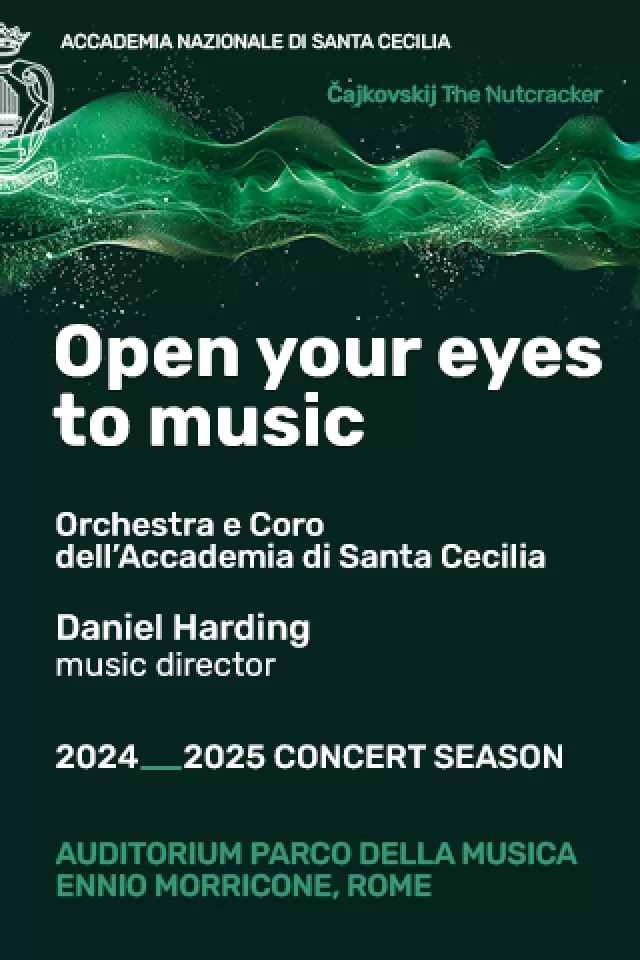Archaeological finds in Via Veneto.
During work on the pavements along Via Veneto in readiness for the Rome film festival which opens on 13 October, a slab of Egyptian granite, over three metres long, has been found just below the surface inside the Aurelian walls at the top of the street.
The use of Egyptian granite, such as that of the columns in front of the Pantheon, was a sign of great wealth in ancient Rome. According to Mariarosaria Barbera, a state archaeological inspector, the slab could therefore be part of the northern monumental entrance to the Horti Sallustiani. These were the immense gardens which in imperial times stretched from todays Via Veneto as far as Via XX Settembre and up to the Porta Pia, where there was a sumptuous villa. The gardens belonged to the historian Sallust and on his death (20 BC) the gardens passed to his heirs and then into the hands of the emperors.
Many emperors, such as Vespasian, Hadrian and Aurelian, were particularly fond of this semi-rural retreat, which was embellished with the finest statuary of the time.
Most of the area eventually became the property of the Ludovisi family, which built famous villas and various other charming casinos over the site, before the whole area was developed more or less as seen today in the last decades of the 19th century.
Some of the ancient statuary, known as the Ludovisi collection, which was found on the site during the 19th century development, can be seen today in Palazzo Altemps, close to Piazza Navona.


















